How to overwinter azaleas – and safeguard your plants until spring with this expert advice
Prepare now for spectacular results next season from these floriferous shrubs
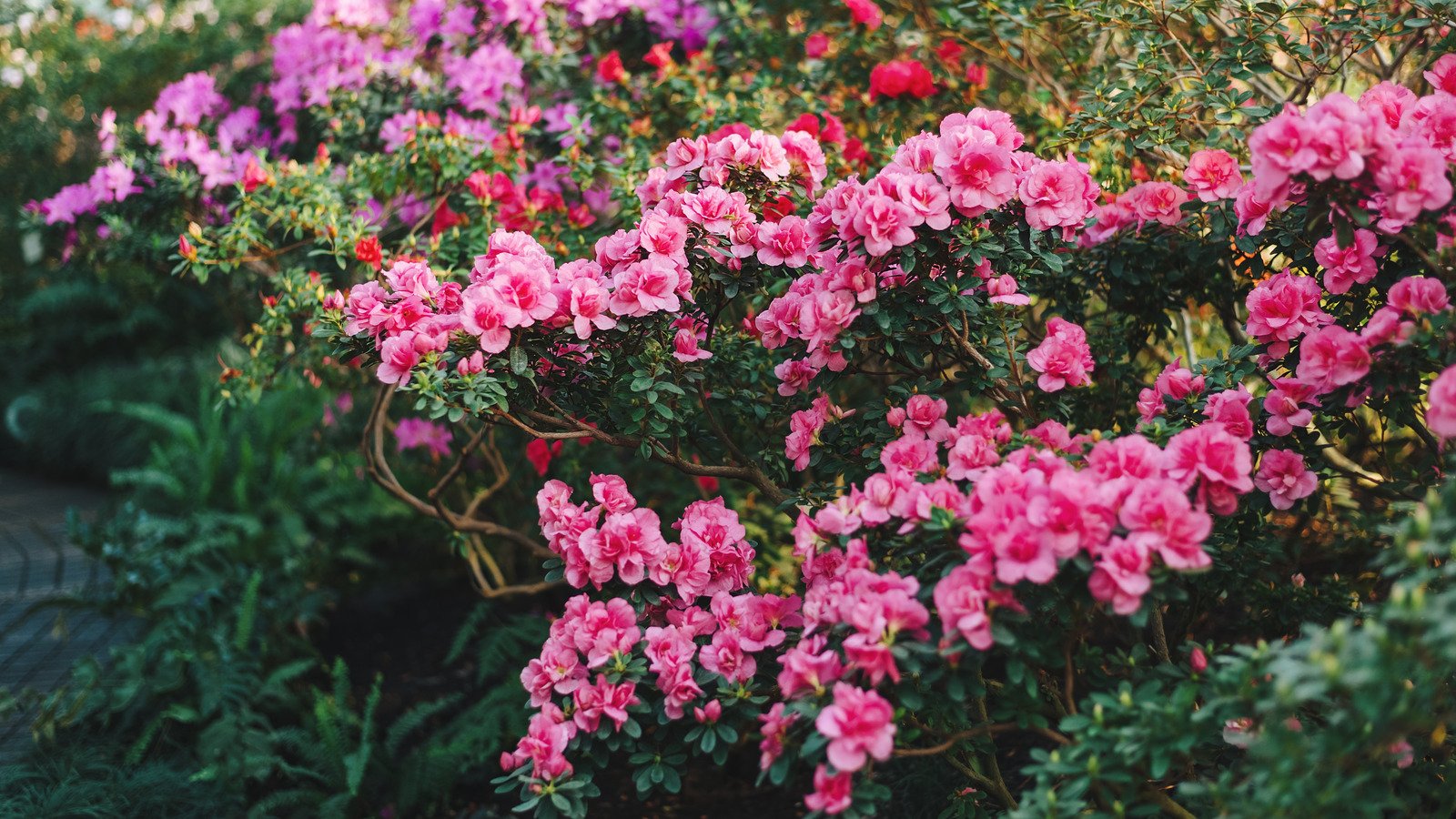

With their bold colors and wide choice of cultivars, azaleas provide vibrant beauty in the garden. However, when and how to winterize azaleas will vary depending on the species you're growing and your region.
Some azaleas are hardier than others, so it's important to know which types you are growing. If you live somewhere prone to frost and snow, some azaleas will benefit from protection, while others may be tough enough to survive the winter without much fuss.
Whether your plants require a light touch, or heavier fortification, the jobs you do now to overwinter a garden will pay off next spring.
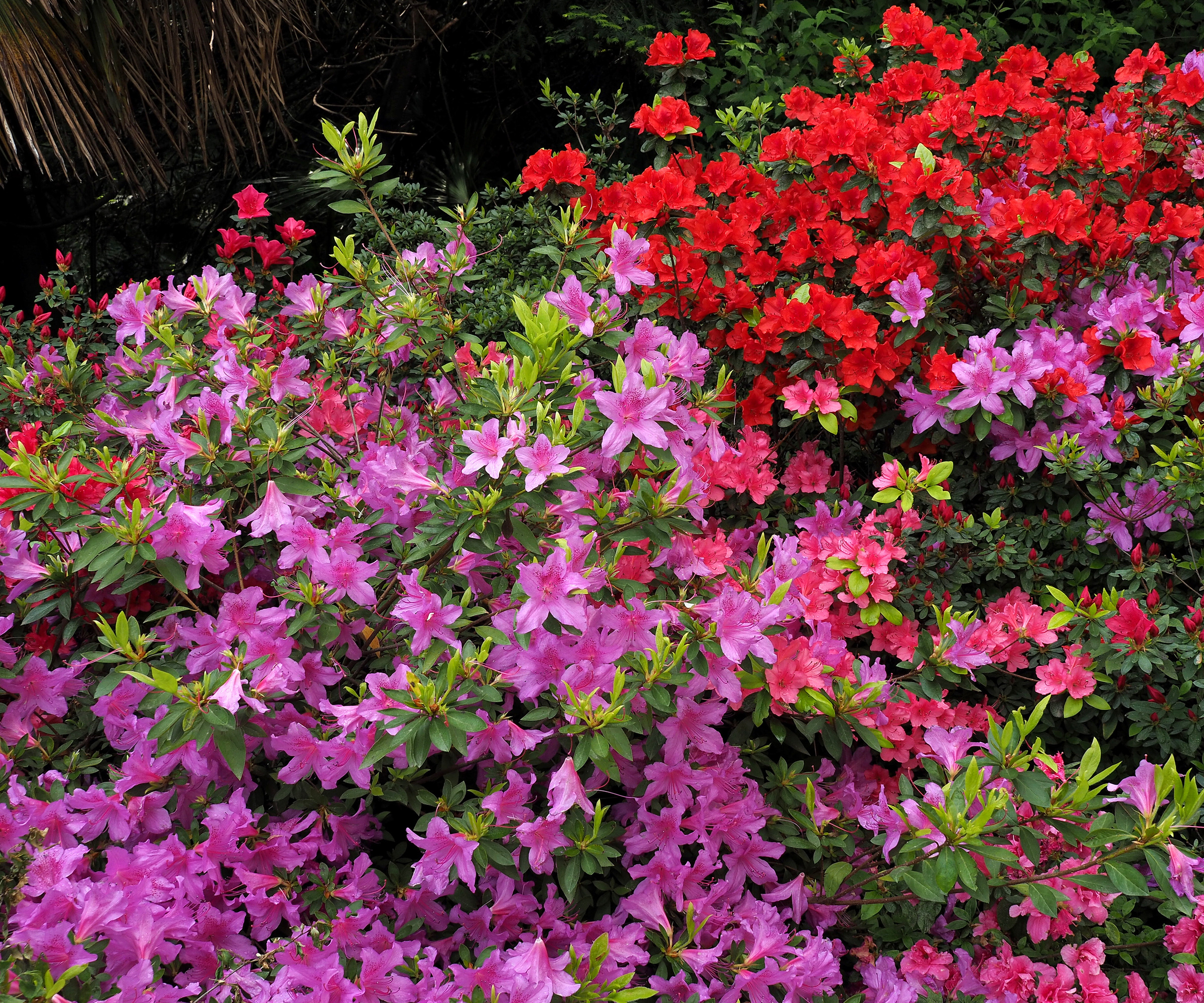
Expert advice on how to overwinter azaleas
'Winterizing Azaleas is essential for their survival in colder climates, especially in USDA hardiness zones 6 and below, where temperatures can drop to levels that might cause root damage or even kill the plant,' says Maureen Wright, plant expert, Fast Growing Trees.
'These plants thrive in spring but can suffer in the frost, so taking the time to protect them ensures they emerge strong and full of life after winter.'
Here are six expert steps to overwintering azaleas to ensure they come back bigger and bolder next year.
1. Cease fertilizing by late summer
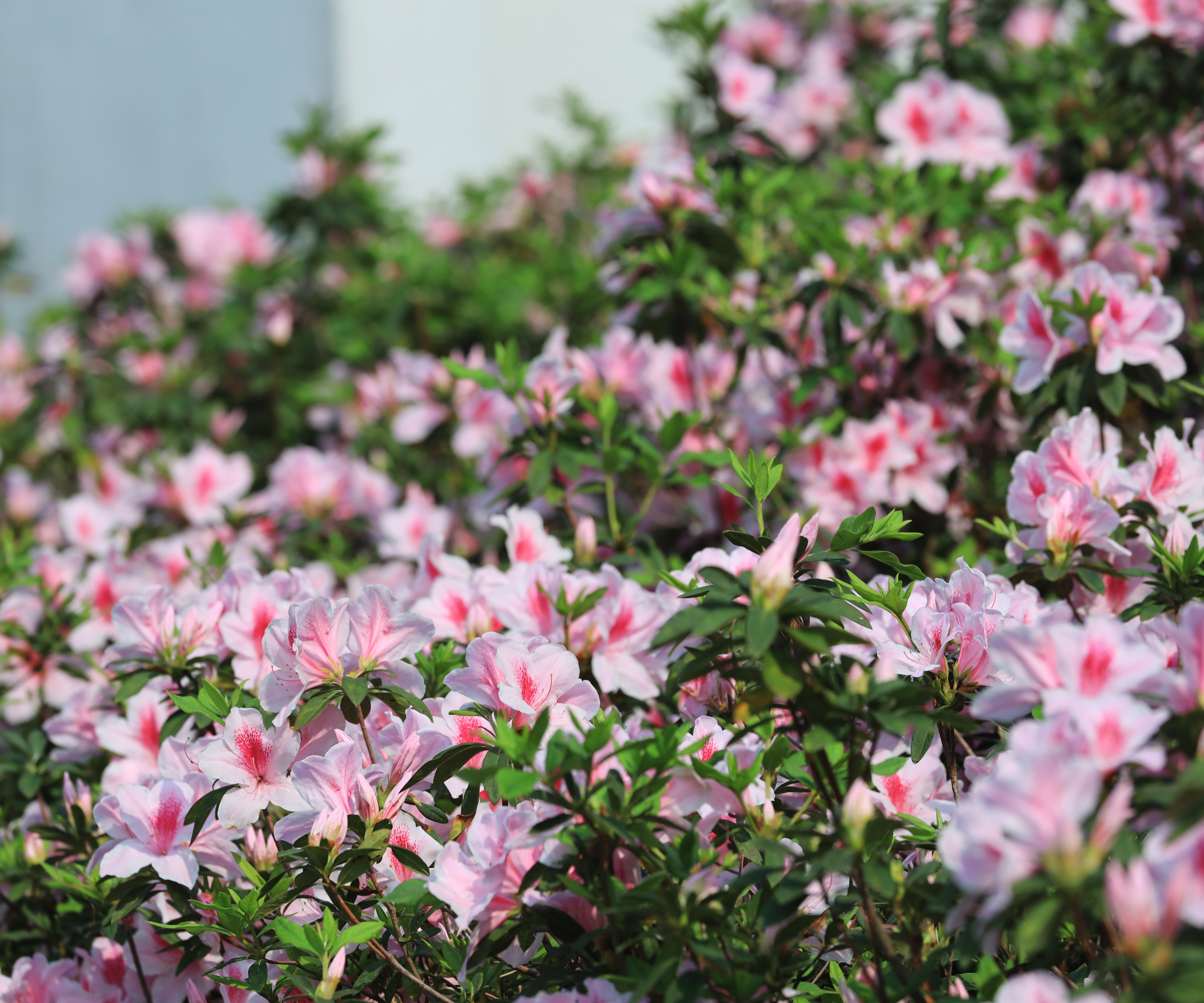
Not all azaleas need the same care. Deciduous varieties are often hardy enough to endure freezing temperatures, while evergreen azaleas tend to be more delicate and will benefit from extra protection. However, even the hardy varieties will need a change in the care you provide for them during the winter, this includes when to fertilize azaleas.
'Planning ahead for winter is beneficial for those who live in colder climates,' says Portland-based master gardener, Janet Loughrey. 'Cease fertilizing azaleas by mid to late summer, as tender new growth late in the season can be damaged from freezing temperatures.
'Most azalea varieties are hardy to USDA zones 6-9, though some are hardy in USDA zones 3-5. The easiest way to ensure your azaleas survive winter is to plant varieties that are reliably hardy in your region. The hardiest azaleas include ‘Northern Lights’ and ‘Exbury’ hybrids,' says Janet.
The gorgeous Karen Azalea from Nature Hills is also a cold-tolerant variety, suitable for growing zones 4-9, and will bloom in early spring.

Janet Loughrey has been a full-time garden photographer and writer for 25 years. She is a former Oregon State University Master Gardener and was a member of the Garden Writer’s Association of America (GWAA) for over 20 years. She lives and gardens in Portland, Oregon. Previously, Janet gardened in the Adirondack region of upstate New York where she grew up.
2. Remove flower buds but don't prune
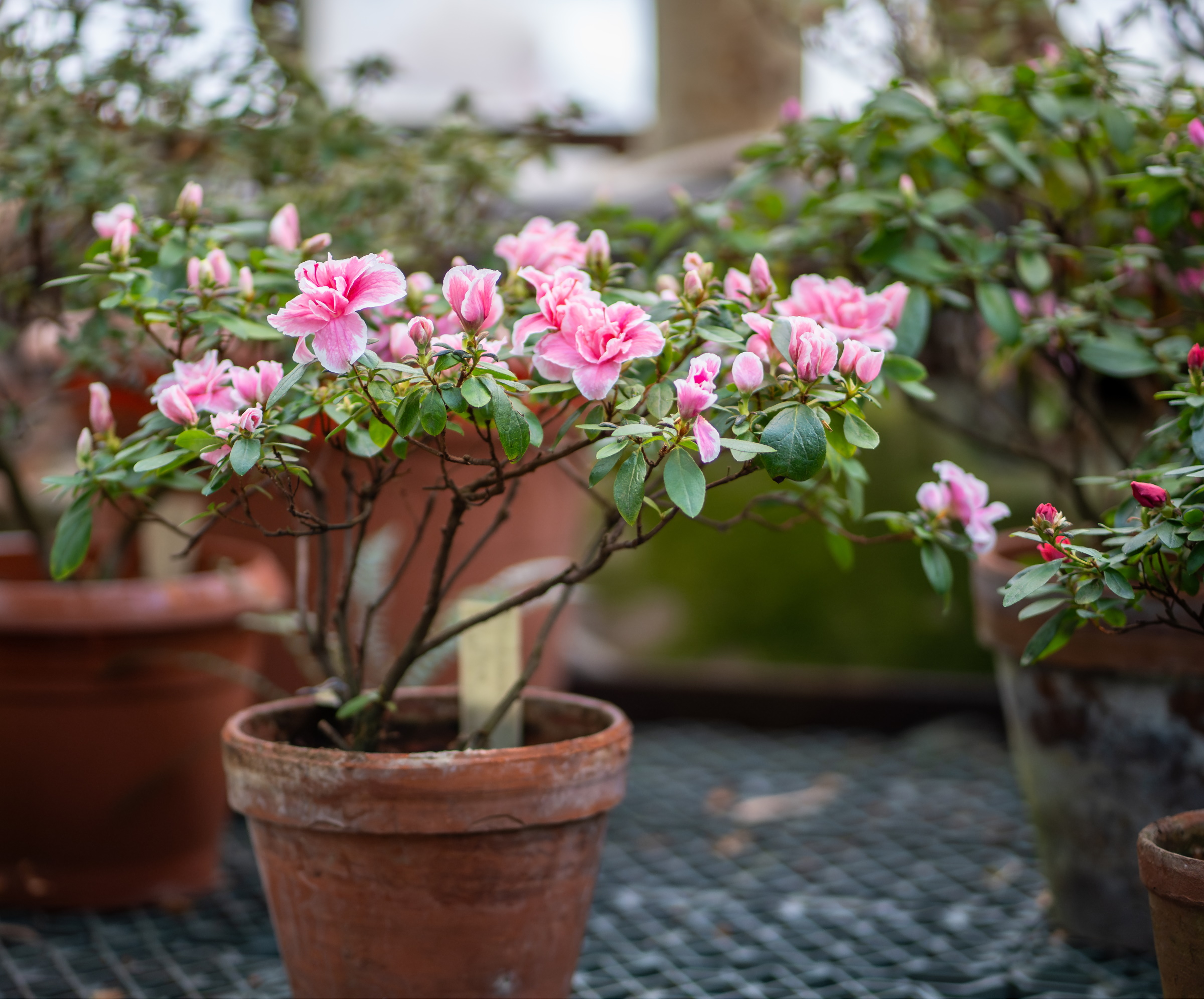
If fall has been warm in your region, it's possible your azaleas may have sprouted fresh flower buds. As painful as it is, Janet Loughrey suggests removing them. However, any pruning of these spring flowering shrubs should have been completed several weeks ago.
'Avoid fall pruning, as it can stress the plants, but do remove flower buds that will bloom the following year,' says Janet. 'If you leave them, they're likely to be damaged by the cold.'
'If any pruning was necessary, it should have been completed in early fall—no later than the end of October,' adds Maureen Wright. 'This is so the plant has time to settle before winter.
'If you didn't prune your plant this year, leave it now. However, when you do prune the plant next year, use sharp, clean shears and trim no more than 1/3 of the plant, focusing on weak or dead branches. Cut back around 6-12 inches from the tips, but be mindful not to over-prune, as this could encourage new growth that will be vulnerable to frost.'

Maureen has been a Certified Oklahoma State University Master Gardener since 2012 and is currently working on her ISA Arborist Certification. Her background in social work led her to an interest in horticultural therapy training and she spends a lot of her time working with at-risk youth and adults working on community garden projects.
3. Adjust your watering schedule
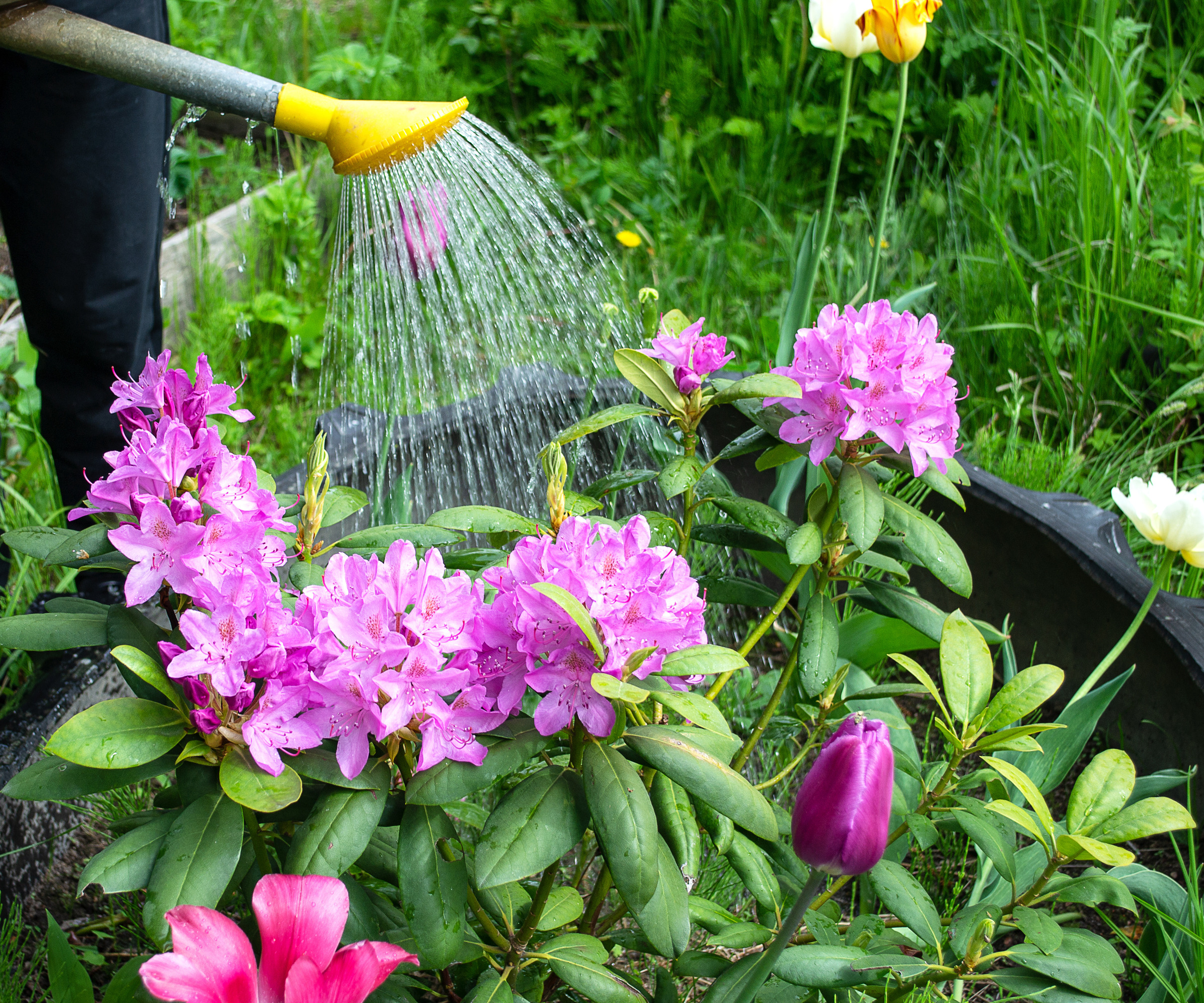
The weather will obviously dictate when to water your plants, particularly if you've received a lot of rainfall. However, even in the drier zones, you can adjust your azalea watering schedule.
'Reduce watering by one-third in fall,' says Janet. 'After the first few freezes, water plants thoroughly before the ground becomes frozen.'
4. Mulch your Azaleas
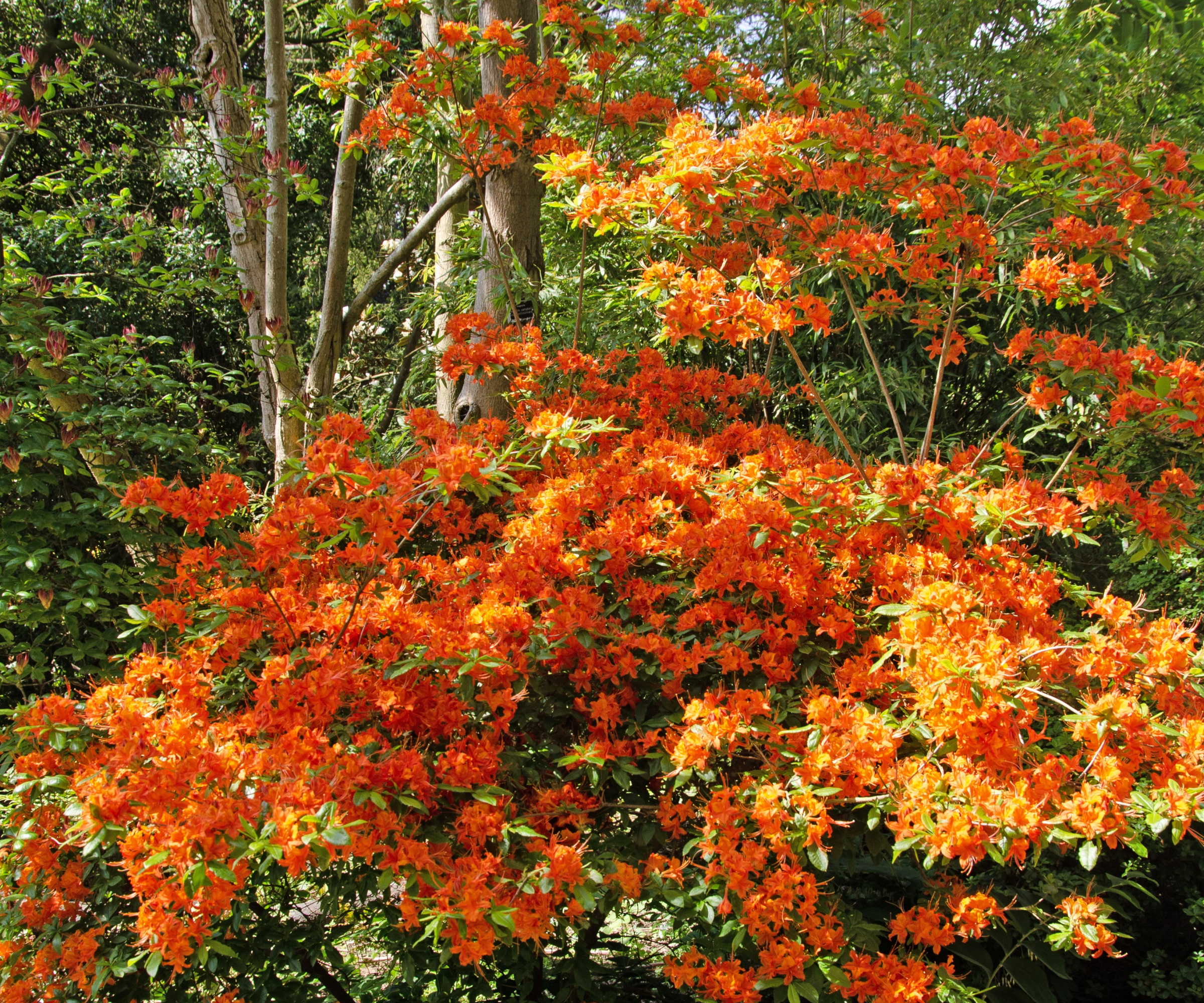
Mulching your azaleas and other plants in your flower beds, will protect them from frost, snow and freezing temperatures, and help them to survive until next spring.
'Add three to six inches of organic mulch around the base of your plant to insulate the root zone,' says Janet. 'This can include wood chips, compost, chopped leaves, straw or pine needles. Although, keep mulch away from the trunk to deter pests and diseases.'
'Placing mulch against the trunk can trap moisture, leading to rot, pests, and disease, which can harm the plant's health,' explains Maureen.
'Ideally apply the mulch before the first hard frost, ideally in late October or early November. This mulch acts as a barrier, protecting the shallow root system from extreme cold and the damaging freeze-thaw cycle.'
If you've not had a chance to make your own leaf mulch or compost, try using these Clean straw pine needles from Fast-Growing Trees.
5. Cover or enclose plants, if necessary
Deciduous azaleas that are suited to your hardiness zone should be protected enough by the removal of buds and a sufficient covering of mulch around the roots. However, delicate evergreen species may require extra protection in zones 6 and below.
'For additional cold protection, plants can be covered with porous material such as burlap,' says Janet. 'Drive stakes around plants to provide a frame, and secure the cover to the ground so it doesn’t blow away. Make sure the cover doesn’t touch the plants.
'If you live in an area prone to deer or other wildlife, plants can be enclosed with fencing or chicken wire to protect them from grazing too.'
6. Winterizing azaleas in containers
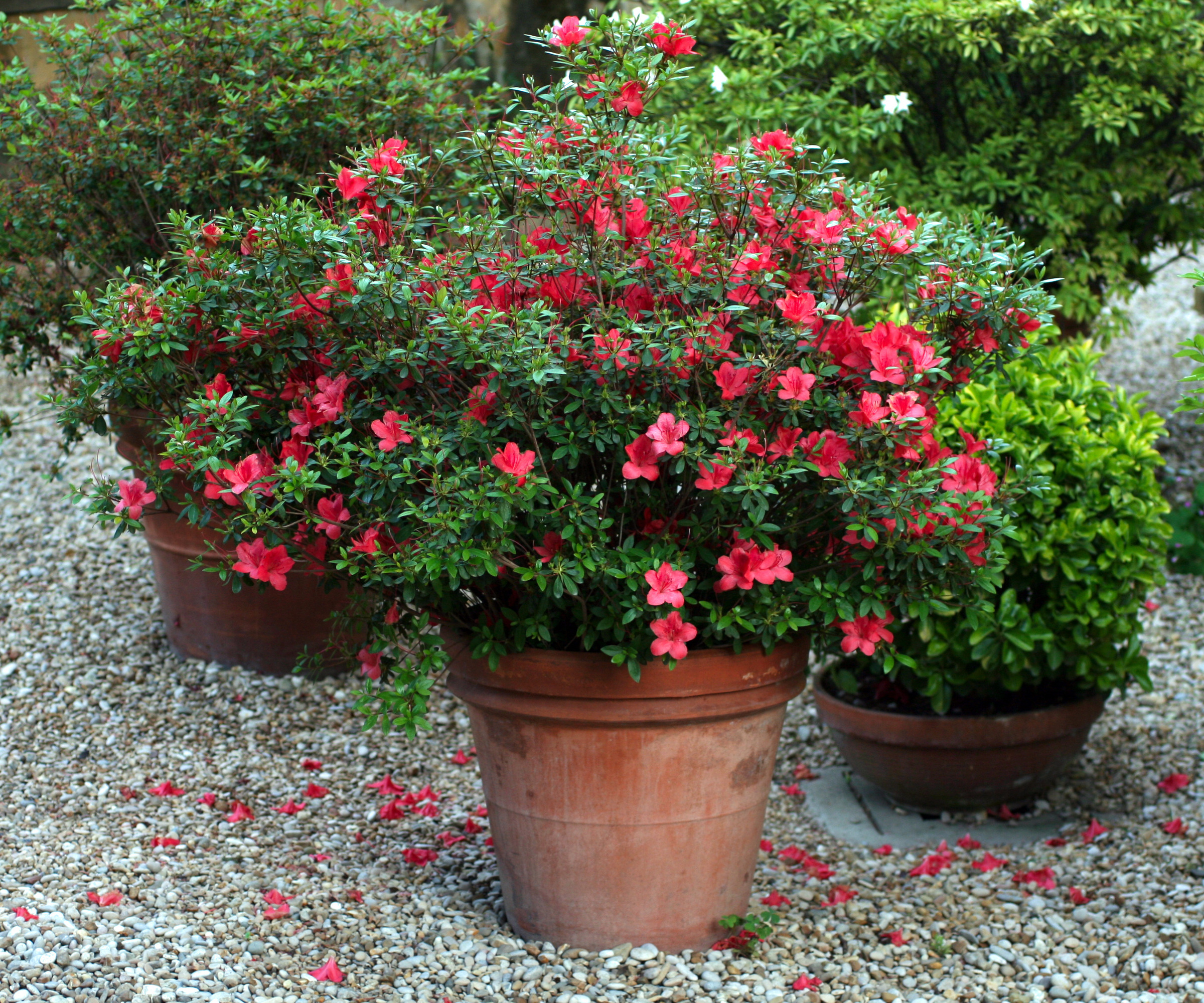
Azaleas in a container garden will require winter protection too. The simplest solution is to move them away from exposed areas in your yard.
'For azaleas in pots, winter can be even harsher,' says Maureen. 'The exposed roots are more susceptible to freezing, so wrap the pot in insulating material like burlap.
'Also, move potted azaleas to a sheltered area, against a wall or inside a garage, where they’ll be protected from biting winds. Keep the soil slightly moist, ensuring they don’t dry out completely, but don’t overwater them during the dormant season.'
'Azaleas can generally survive in containers outdoors if they are hardy two zones colder than where you live,' says Janet. 'For example, if you live in USDA Zone 6, plants should be hardy to zone 4.
'To protect potted azaleas, move them to a sheltered side of a building and cover with burlap or frost cloth. Plants can also be moved into an unheated garage or shed.'
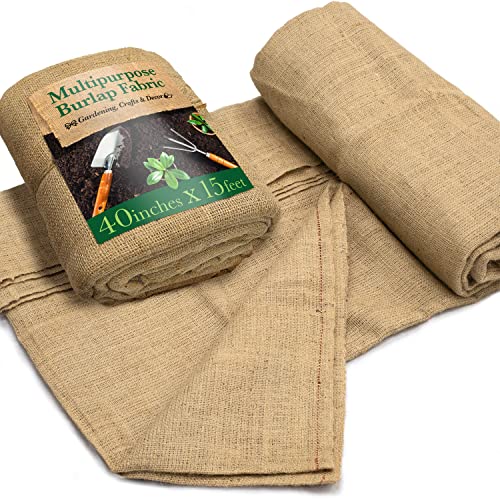
Burlap fabric is so useful in the garden, and especially in winter. This Amazon buy is great value, and gives a vast quantity of fabric with which to wrap large planters and containers. I find it very versatile, and have even made place mats and runners for my festive table with the offcuts.
Large potted Azaleas can be lifted onto a plant caddy like this one from Walmart to move them around.
With the right preparation and protection, your azaleas will weather the winter and be ready to put on a colorful show as part of your spring garden ideas.
Sign up to the Homes & Gardens newsletter
Design expertise in your inbox – from inspiring decorating ideas and beautiful celebrity homes to practical gardening advice and shopping round-ups.
Jacky Parker is a freelance lifestyle journalist and writer, producing a wide range of features for magazines and websites. She has written for Homes & Gardens and its sister titles, Livingetc and Country Homes & Interiors for more than 15 years, both as a freelance contributor and staff member, regularly reporting on the latest interiors, gardens and lifestyle inspiration, speaking to experts in their respective fields and discovering the newest tips.
-
 5 surprising but brilliant ways to clean with old socks – from perfectly buffing stainless steel to deterring pests naturally and more
5 surprising but brilliant ways to clean with old socks – from perfectly buffing stainless steel to deterring pests naturally and moreTackle dust in tricky corners, clean your mirrors and even banish bad odors with those rogue single socks
By Andy van Terheyden Published
-
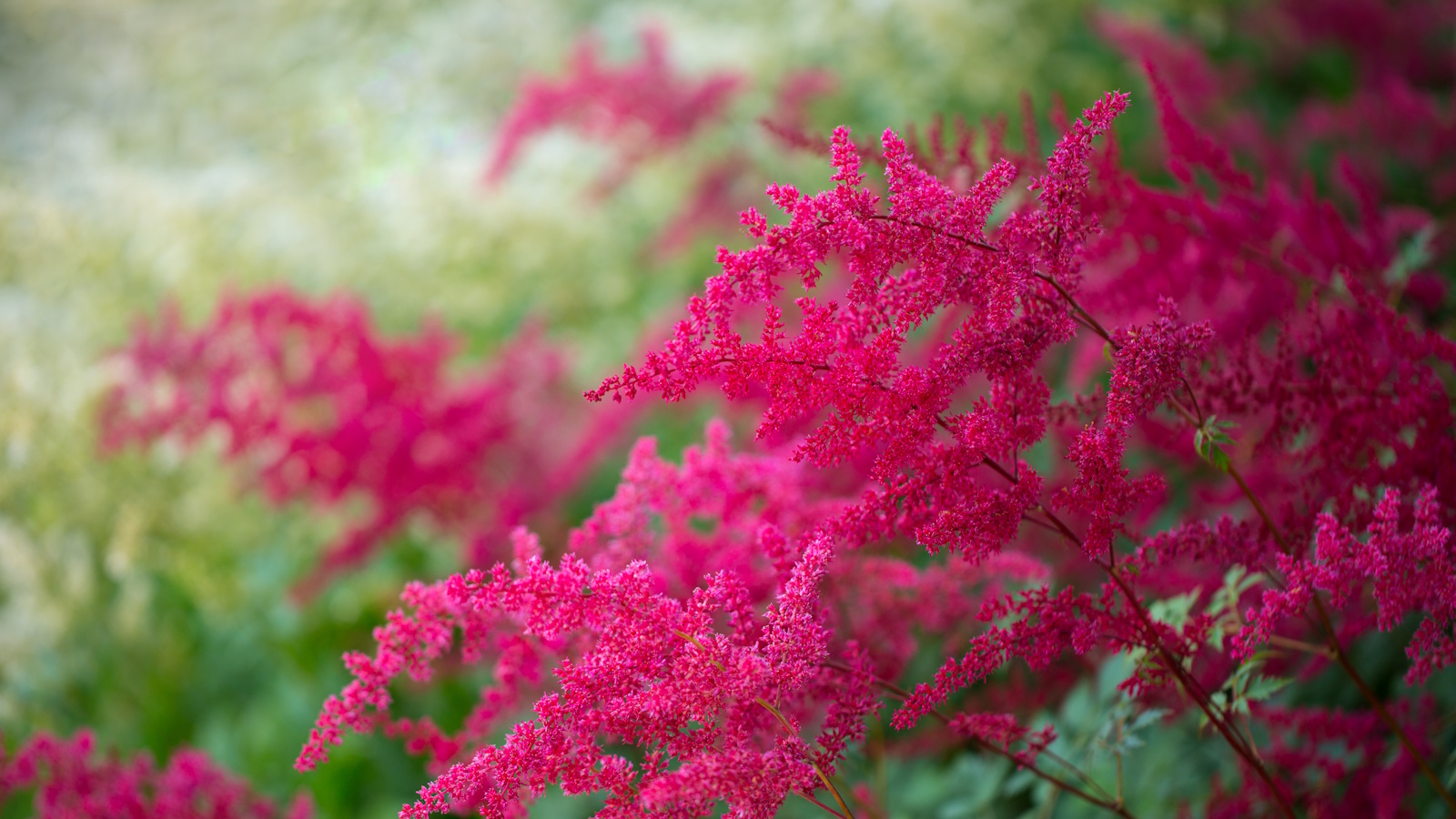 How to grow astilbe – expert advice on cultivating this shade-tolerant flowering perennial
How to grow astilbe – expert advice on cultivating this shade-tolerant flowering perennialShade-tolerant and pest-resistant - astilbe are hardy and tough perennials that can thrive in many settings
By Ellen Wells Published